Are Solar Light Batteries the Same as Rechargeable Batteries?
Solar-powered lights have become a popular choice for eco-friendly outdoor illumination, brightening gardens, pathways, and patios with minimal environmental impact. A common question among users is, “Are solar light batteries the same as rechargeable batteries?” While the two share similarities, there are key differences that affect their performance in solar outdoor lights. This article explores the types of batteries used in solar garden lights, their compatibility with standard rechargeable batteries, and practical tips for maintenance and replacement. Drawing from extensive research and practical insights, we’ll clarify the nuances to help you keep your solar lights working efficiently.
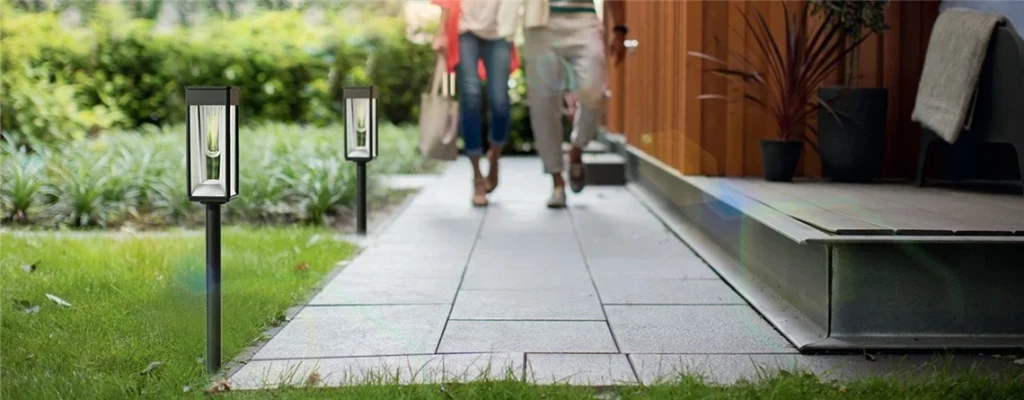
Understanding Batteries in Solar Lights
Solar-powered outdoor lights rely on batteries to store energy collected by the solar panel during the day, which powers the LED at night. Most solar light batteries are rechargeable, designed to withstand repeated charge-discharge cycles. The most common type is NiMH batteries for solar lights, though some models use lithium-ion or, less frequently, nickel-cadmium (NiCd) batteries. These batteries are similar to standard rechargeable batteries but are optimized for the unique demands of solar lights charging in outdoor environments.
Are Solar Light Batteries the Same as Rechargeable Batteries?
At their core, solar light batteries are rechargeable batteries, but they are not always identical to the rechargeable batteries used in other devices, like remote controls or flashlights. Here’s a detailed comparison:
1. Battery Chemistry
- NiMH Batteries for Solar Lights: Most solar garden lights use nickel-metal hydride (NiMH) batteries due to their affordability, durability, and ability to handle the frequent charging cycles of solar applications. These batteries typically have capacities of 600-2,500mAh and voltages of 1.2V (AA or AAA sizes).
- Standard Rechargeable Batteries: Standard rechargeable batteries, such as those used in household electronics, may also be NiMH but can include lithium-ion (3.7V) or NiCd (1.2V). Lithium-ion batteries are less common in solar pathway lights due to higher costs but are found in premium models like solar security lights.
- Key Difference: Solar light batteries are designed for low, consistent charging rates from solar panels, which differ from the faster charging rates of household chargers. Using a standard NiMH battery in solar-powered lights is often possible, but performance may vary if the capacity or charge rate isn’t matched.
2. Size and Form Factor
Solar outdoor lights typically use standard battery sizes like AA or AAA, making them physically compatible with standard rechargeable batteries. However, some solar flood lights or custom-designed models use proprietary battery packs with specific connectors or sizes, which aren’t interchangeable with off-the-shelf batteries.
Solution: Check the battery compartment of your solar-powered outdoor lights for size and voltage specifications. If it uses AA or AAA NiMH batteries for solar lights, you can replace them with standard NiMH batteries of the same size and voltage, ensuring a capacity of at least 600mAh for adequate performance.
3. Charging Requirements
Solar light batteries are optimized for trickle charging, where the solar panel delivers a slow, steady charge throughout the day. Standard rechargeable batteries, especially those designed for high-drain devices like cameras, may not perform as well under this low-current charging. Conversely, solar light batteries may underperform in devices requiring rapid power delivery.
Solution: When replacing batteries in solar garden lights, choose NiMH batteries labeled for solar use or with a high cycle life (500-1,000 cycles). Avoid high-drain batteries designed for electronics, as they may not charge efficiently in solar lights charging conditions.
4. Durability and Environmental Tolerance
Solar light batteries are built to withstand outdoor conditions, including temperature fluctuations, humidity, and UV exposure. Standard rechargeable batteries may not be as resilient, especially in solar pathway lights exposed to rain or extreme heat.
Solution: Opt for NiMH batteries for solar lights with a temperature range suited for your climate (e.g., -20°C to 60°C). Check for weatherproof ratings (IP65 or higher) on solar outdoor lights to ensure the battery compartment is protected.
Can You Use Standard Rechargeable Batteries in Solar Lights?
In many cases, yes, you can use standard rechargeable batteries in solar-powered lights, provided they match the size, voltage, and chemistry of the original battery. For example, a 1.2V AA NiMH battery with a capacity of 1,000mAh can replace a similar solar light battery. However, there are caveats:
- Capacity Matching: Choose a battery with a capacity equal to or higher than the original (e.g., 600-2,500mAh) to ensure sufficient runtime for solar string lights or solar security lights.
- Charge Compatibility: Standard NiMH batteries may charge more slowly or less efficiently in solar-powered outdoor lights due to differences in charging profiles.
- Longevity: Batteries not designed for solar use may degrade faster due to the constant charge-discharge cycles in solar lights charging.
Tip: Brands like Bitpott often specify compatible battery types in their manuals. Always check the user manual or product specifications before swapping batteries to avoid performance issues.
How to Replace Solar Light Batteries
If your solar lights not working due to a depleted or faulty battery, replacing it can restore functionality. Follow these steps:
- Locate the Battery Compartment: Open the compartment, typically found under the solar panel or light housing. Note the battery size (e.g., AA, AAA) and chemistry (e.g., NiMH, lithium-ion).
- Remove the Old Battery: Carefully remove the battery, checking for corrosion or damage in the compartment. Clean any corrosion with a cotton swab and vinegar.
- Insert the New Battery: Use a compatible NiMH battery for solar lights or a standard NiMH battery with matching voltage and capacity. Ensure correct polarity (+/-).
- Charge the Light: Place the solar garden lights in direct sunlight for 6-12 hours to fully charge the new battery. Test the light at night.
- Test with a Charger (Optional): If sunlight is limited, charge the battery separately using a NiMH-compatible charger for 4-8 hours before inserting it.
Caution: Avoid mixing old and new batteries or different chemistries (e.g., NiMH and NiCd) in solar outdoor lights, as this can cause leaks or reduced performance.
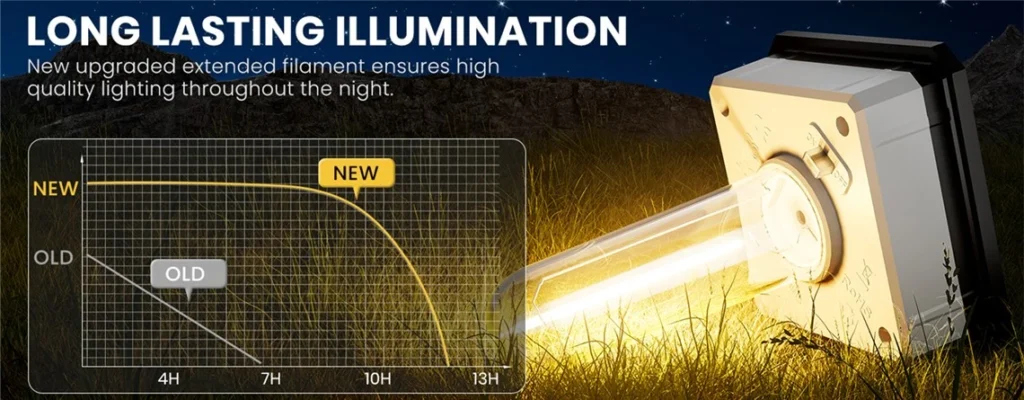
Troubleshooting Battery-Related Issues
If your solar lights not working after replacing the battery, consider these issues:
- Incorrect Battery Type: Ensure the replacement battery matches the original’s voltage (e.g., 1.2V for NiMH) and size. Lithium-ion batteries (3.7V) are not interchangeable with NiMH batteries for solar lights.
- Poor Contact: Check for loose or corroded battery terminals. Clean with a dry cloth or fine sandpaper.
- Charging Issues: Verify the solar panel is clean and receiving 6-8 hours of direct sunlight. A dirty panel can prevent solar lights charging effectively.
- Defective Light: If the battery is functional but the light still fails, the solar panel or LED may be faulty. Contact the manufacturer for warranty support.
Maintenance Tips for Solar Light Batteries
To maximize the lifespan of solar light batteries, follow these practices:
- Regular Cleaning: Wipe the solar panel monthly to remove dust or debris, ensuring efficient charging for solar pathway lights.
- Battery Replacement: Replace NiMH batteries for solar lights every 1-2 years, as their capacity diminishes with repeated cycles.
- Proper Storage: Store solar-powered lights with batteries removed during off-seasons to prevent drain or corrosion.
- Weather Protection: Choose solar outdoor lights with weatherproof ratings (IP65 or higher) to protect batteries from moisture and extreme temperatures.
Choosing the Right Batteries for Solar Lights
When selecting replacement batteries for solar garden lights, prioritize:
- NiMH Batteries for Solar Lights: Opt for NiMH batteries with a capacity of 600-2,500mAh and a high cycle life for durability.
- Reputable Brands: Choose batteries from trusted manufacturers, as recommended in reviews by sources like Popular Mechanics, to ensure compatibility and performance.
- Solar-Specific Labels: Some batteries are marketed specifically for solar use, offering better performance in solar lights charging conditions.
- Warranty Considerations: Check if using non-original batteries voids the warranty of solar-powered outdoor lights. Contact the manufacturer if unsure.
When to Seek Professional Help
If replacing the battery doesn’t resolve solar lights not working, the issue may involve a faulty solar panel, LED, or internal wiring. For complex setups like solar flood lights or solar street lights, consult a technician. Provide proof of purchase and a detailed description of the issue to leverage warranty support, as most solar-powered lights come with a one-year warranty.
Conclusion
While solar light batteries are rechargeable batteries, they are specifically designed for the unique charging and environmental demands of solar-powered lights. Standard rechargeable batteries can often be used as replacements, provided they match the size, voltage, and chemistry of the original. By understanding these differences, choosing compatible batteries, and maintaining your solar outdoor lights, you can ensure reliable, eco-friendly illumination. Regular care and proper battery selection will keep your solar garden lights shining brightly for years to come.

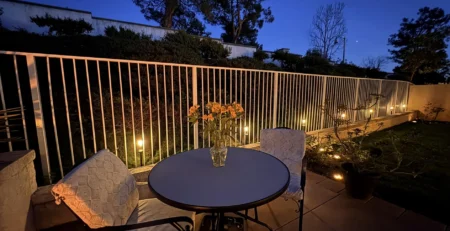
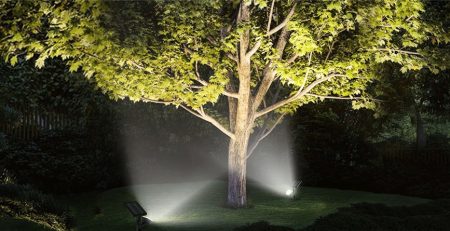
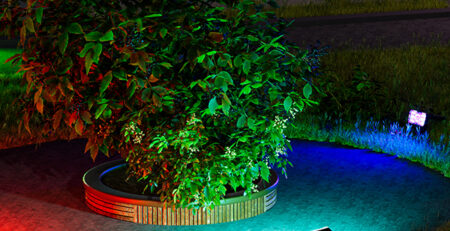

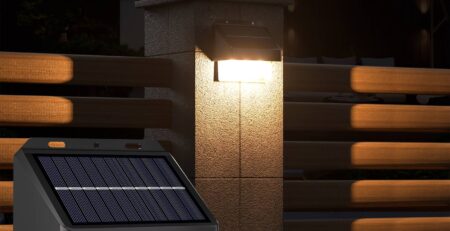
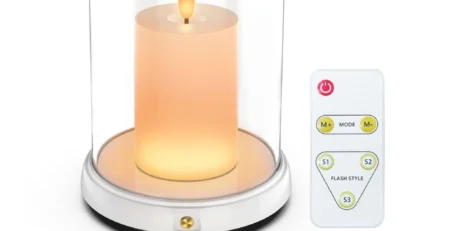


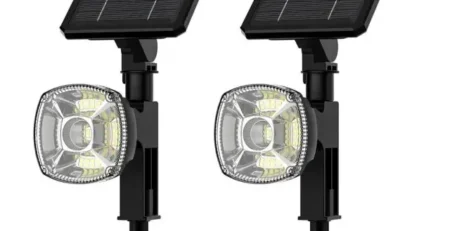

Leave a Reply